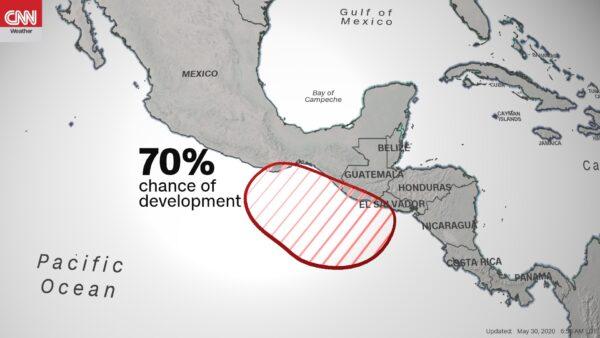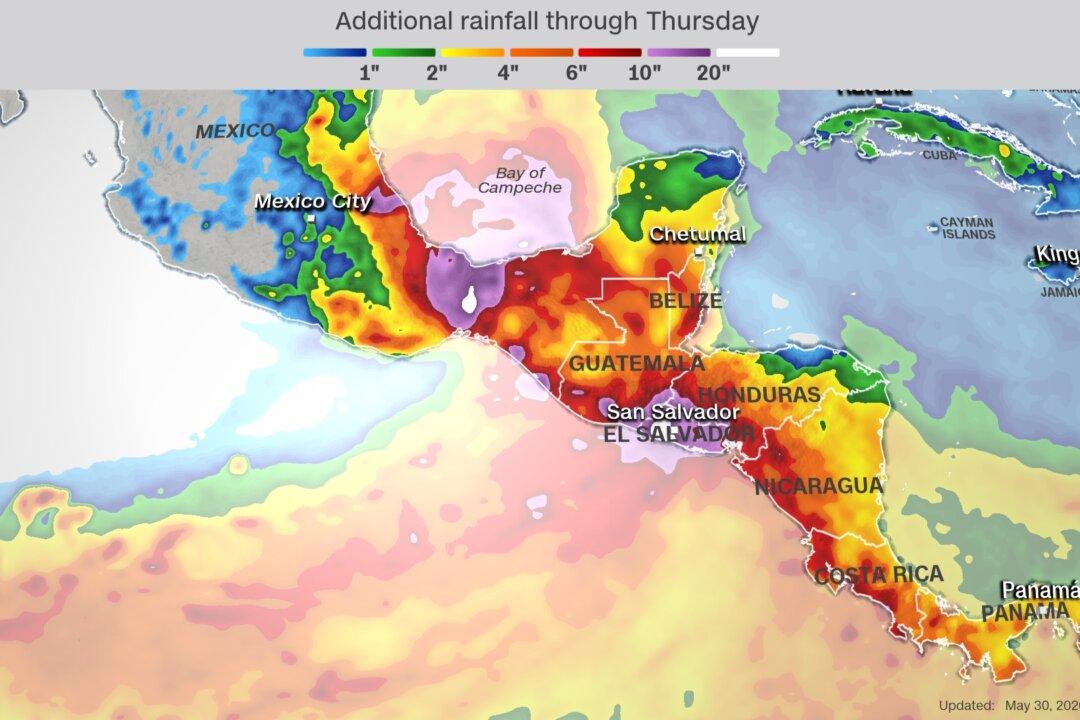You’ve heard meteorologists use the terms “polar vortex” and “bomb cyclone” this year. Now you can add “Central American gyre” to your weather vocabulary. This broad area of low pressure, which formed this weekend, is drifting aimlessly between North and South America.

The "Central American gyre," a broad area of low pressure, which formed this weekend, is drifting aimlessly between North and South America. From CNN weather




